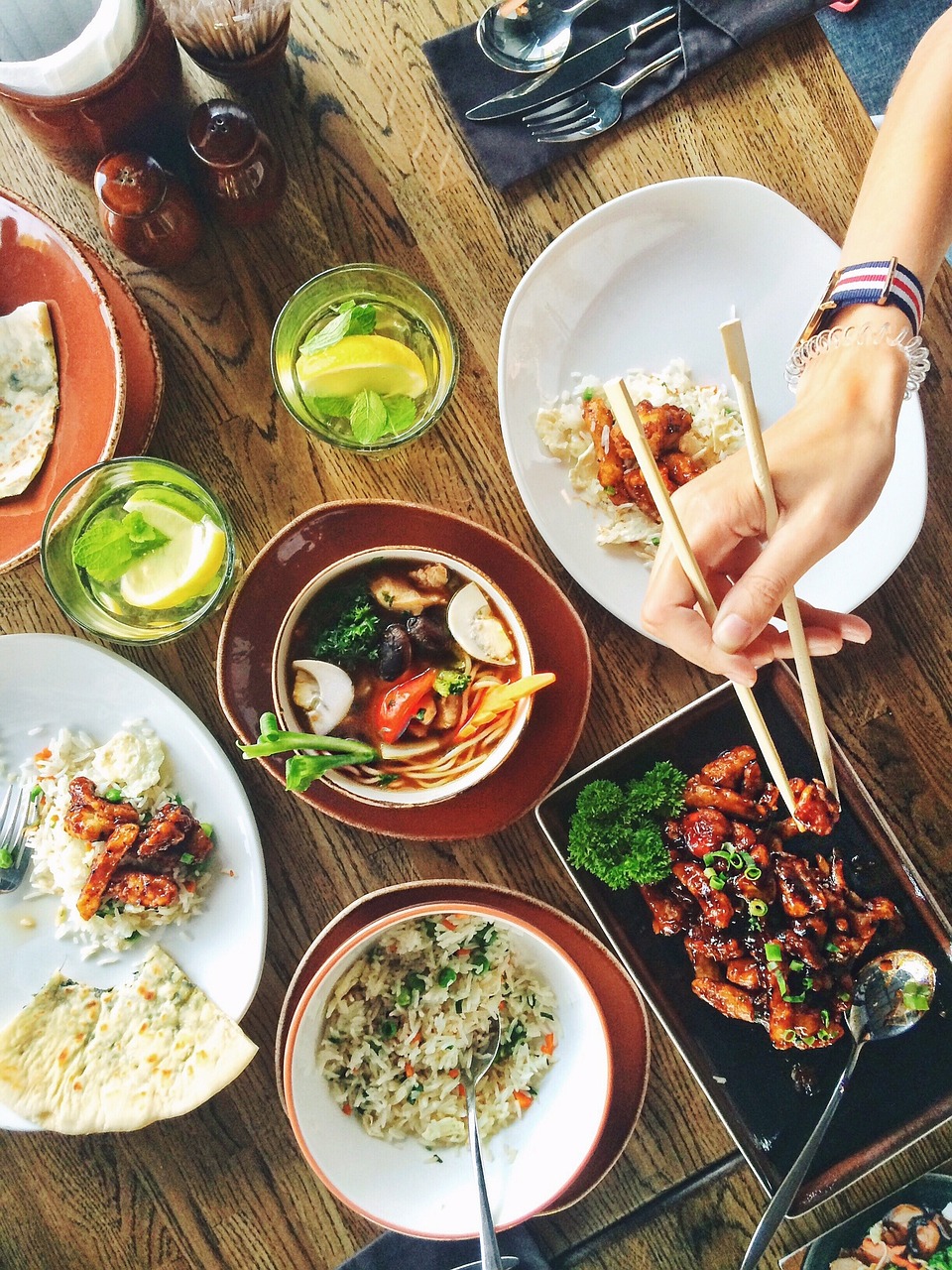How a Nutritionist Does Halloween
Halloween can be a challenging time for parents and kids, fraught with food fears and battles over control. Limiting, rationing and even sometimes downright lying to our kids about their candy (Switch Witch anyone?) only causes dichotomous attitudes about good and bad foods and causes an unhealthy relationship of deprivation and binging. This can all be way scarier than the creepy costumes and gory ghouls out there! Halloween and nutrition don’t have to be at odds.
Niki the Nutritionist here to share some strategies that have worked for my family over the years. I have two kiddos. Each year, the day after Halloween we pick out all the candy that is off-limits due to food allergies. Then they chat and agree on an amount of candy they would like to keep. They pick an arbitrary number that really changes from year to year. We set aside that amount in their desired bowl. Trading ensues and there is a careful approach taken to determine which treats they really enjoy and which ones they don’t care to eat. We focus on enjoying our food and don’t want to feel compelled to eat things they don’t really like just because it’s there. Once decided upon, this is now “their” candy. They are in charge of themselves, free to eat their candy under their own determination. We only ask that they don’t eat candy before breakfast, or after they have brushed their teeth at night. (Because of dental hygiene!)
Halloween Candy, Savoring, Rationing, and Taxes
One child prefers to ration their candy and will generally have it for months. The other child generally eats all their candy in a day or two. This generally matches their attitudes about most adventures in life. One is cautious and deliberate and the other jumps in full force and whole-heartedly. Why wouldn’t their approach to candy be any different?
Now – let’s be honest. We take our share “parental taxes” of what is left over. They should see us wholeheartedly enjoying treats and modeling how to consume them as well. If we show them that we hide treats and eat them after they go to bed, this behavior seems normal to them. It shows that there is shame in enjoying foods we like and it should be done secretly.
Halloween Candy Land
Once the children determine the candy they want to keep and set it aside, we unwrap allllllll the rest and pile it up on the table. Then we get creative and build a real-life CANDY LAND. The kids adore that we give them an opportunity to play with their food. And, we have fun family memories each year. Then when it’s all done and we are done admiring it -it goes into the trash. Now, some may say that it is wasteful, but don’t forget -we just cut up pumpkins a few days ago and no one batted an eye at wasting that nutritious and delicious food!
Here are some pictures from previous years. You can see that the tastes and preferences changed between the two years. One year we clearly did not prefer chocolate and the other year we definitely saved all of it for consumption.
This year try the following strategy for managing candy in your home.
Halloween and Nutrition Tips
Lay some ground rules, but then let the kids manage their candy. According to feeding expert, Ellyn Satter this is called the “Division of Responsibility.” This acknowledges that both parties (kids and caregivers) have a role in decisions around eating. Parents are responsible for what foods the child is presented with, when the child is offered food and where the child may eat the food. Kids decide whether or not to eat what is offered, and how much they would like to eat.
Here are a few suggestions of ground rules for Halloween and nutrition:
-No candy before breakfast and/or no candy after dinner. This is because high-energy foods are for waking hours (not before bed) and we want to make sure we give our bodies good sustainable energy (at breakfast) before high-energy foods.
-Another good rule is to enjoy candy with meals or snacks, to help lessen the glycemic load. Pairing candy with FFP (fat, fiber and protein) leads to sustained energy and less blood sugar spikes. However, please don’t bargain that they need to eat their other foods first. Serve the pieces of candy with the meal and they can choose when to eat it. Additionally, and admittedly counter-intuitive, research studies show that encouraging a child to finish a food may actually result in them consuming less of this food. We don’t have to earn treats by eating “healthy” food first.
Now all of this may feel like it’s going to backfire or turn out miserably. Trust in the process. Part of our jobs as parents is to teach our children to manage themselves and to listen to their needs. We can talk with the kiddos about their candy and why they like it. What flavors do they like or dislike? We can notice if they seem really out of control around their candy. If they are, that is a signal that we’ve already developed a restrictive attitude towards candy, and we may want to have it around more often so they can learn how to coexist with it. We may also need to work on our own attitudes around candy to begin to model a healthy coexistence with it too! If you need some help, we’re happy to support you.
I hope you all have a wonderful Halloween and nutrition and all that candy consumption feels a little less spooky now!




